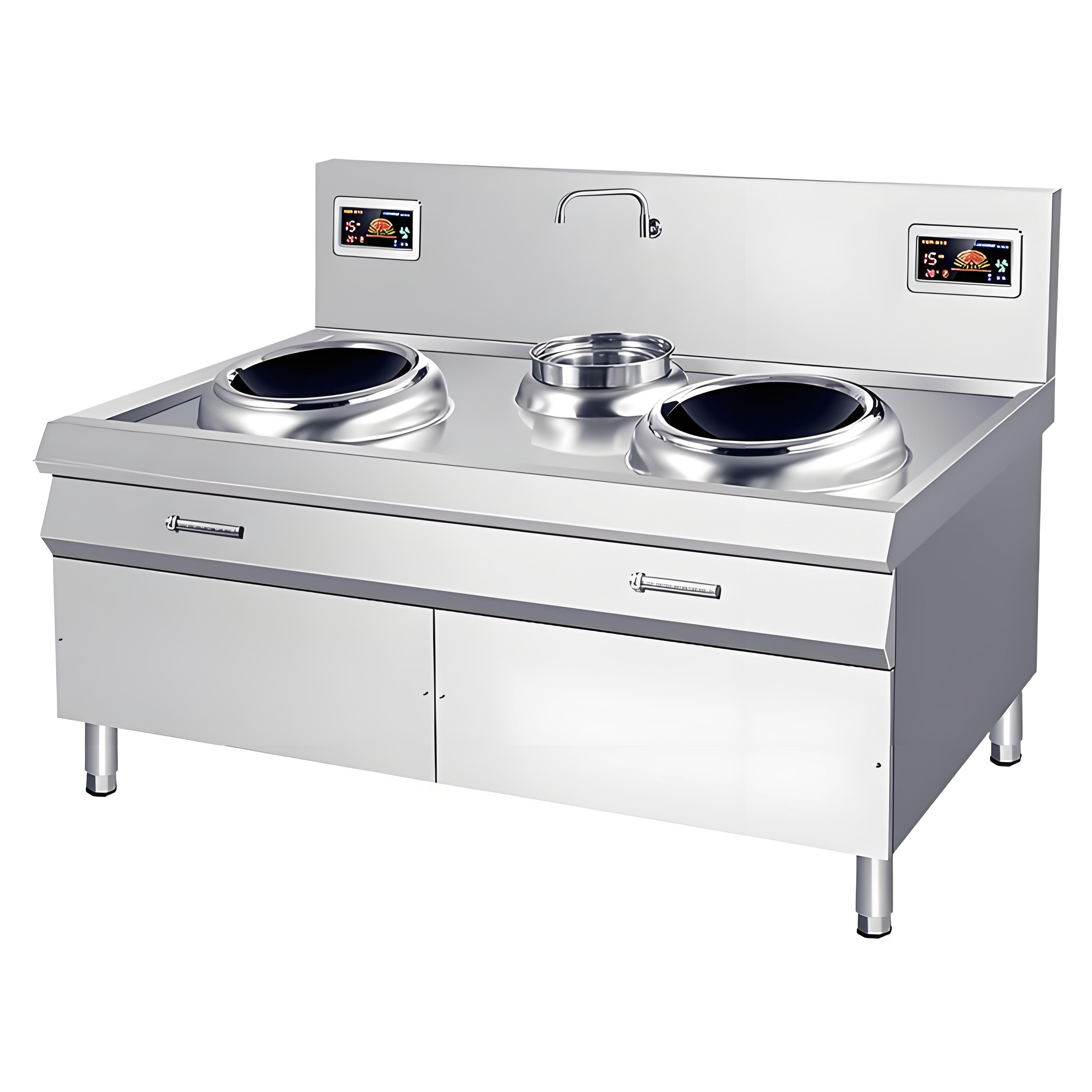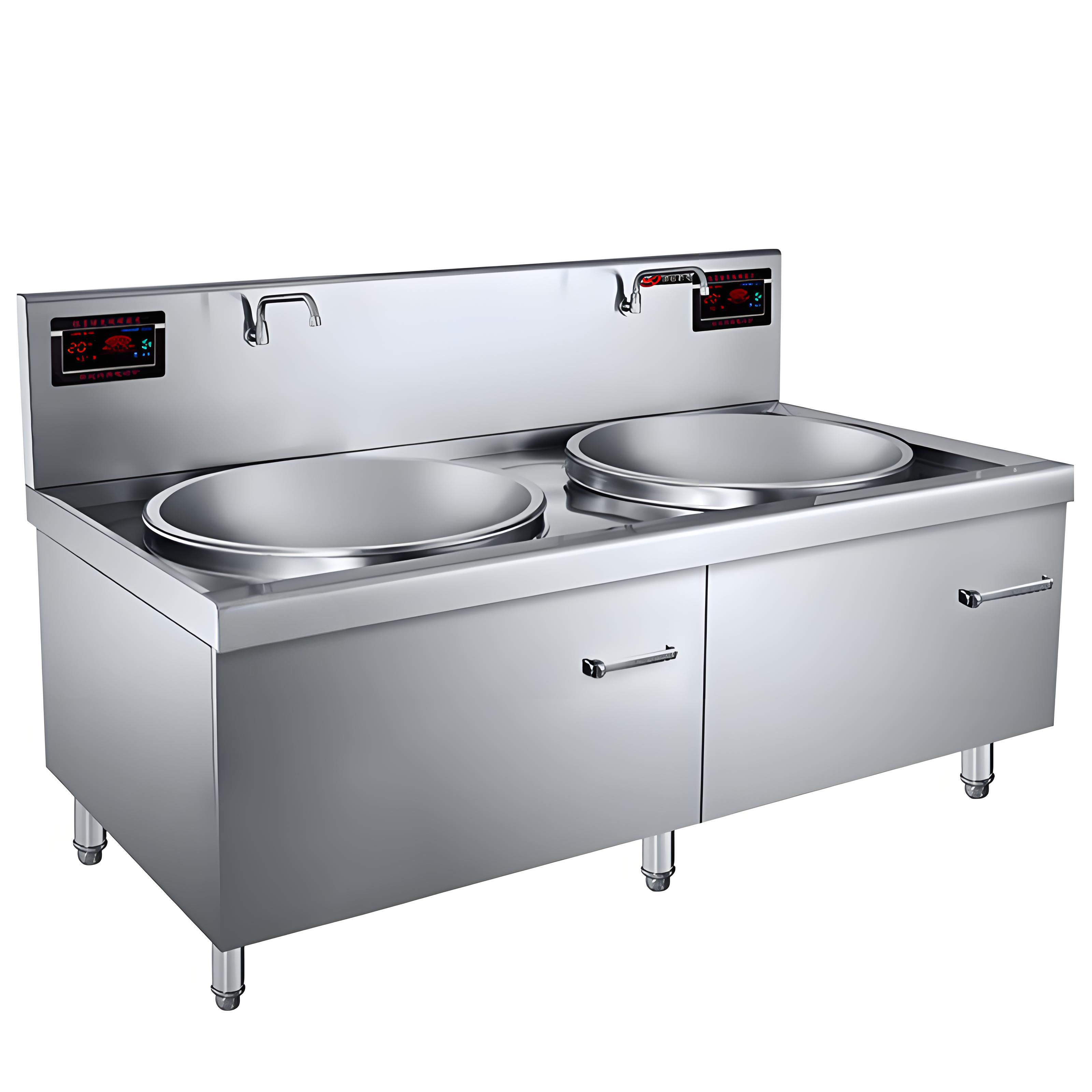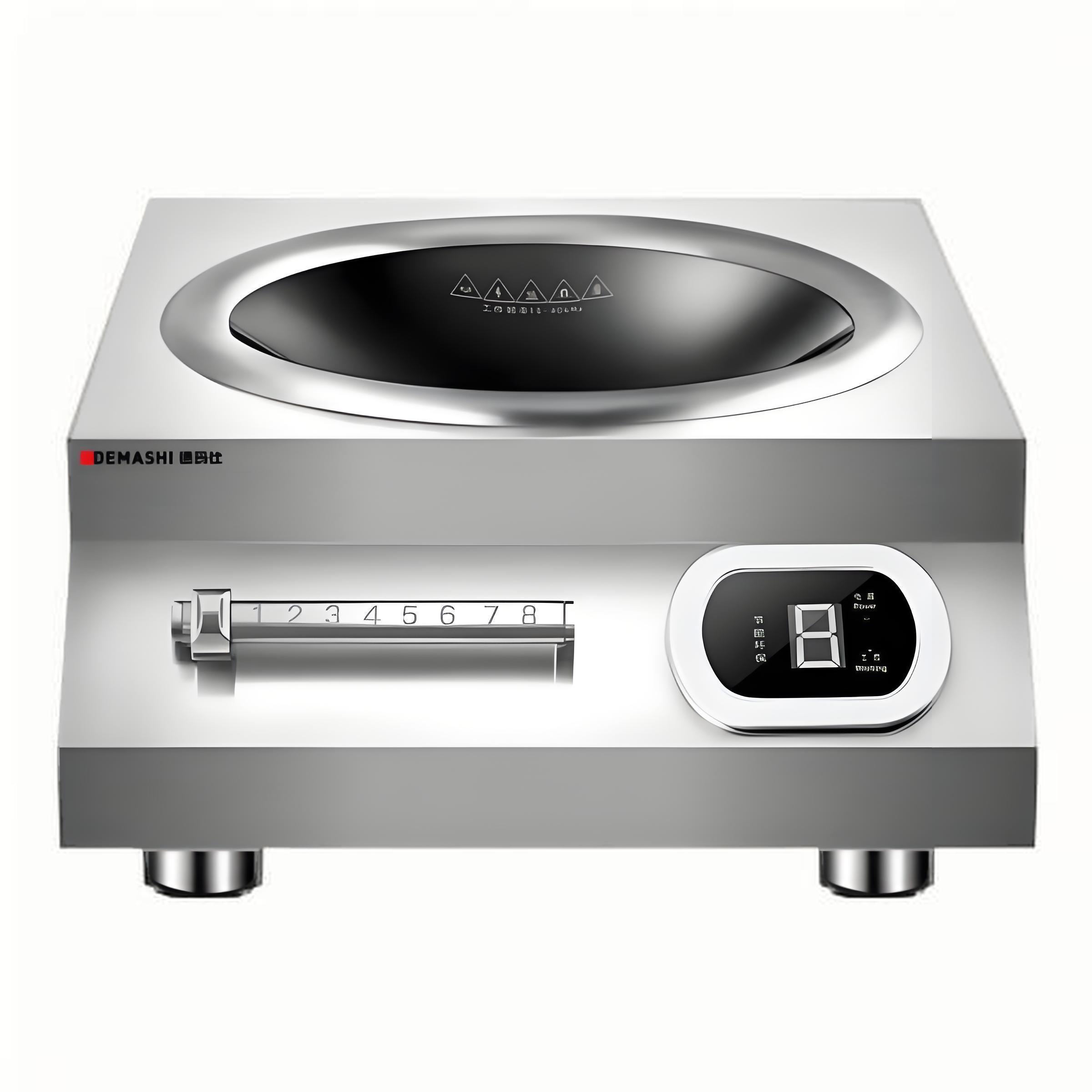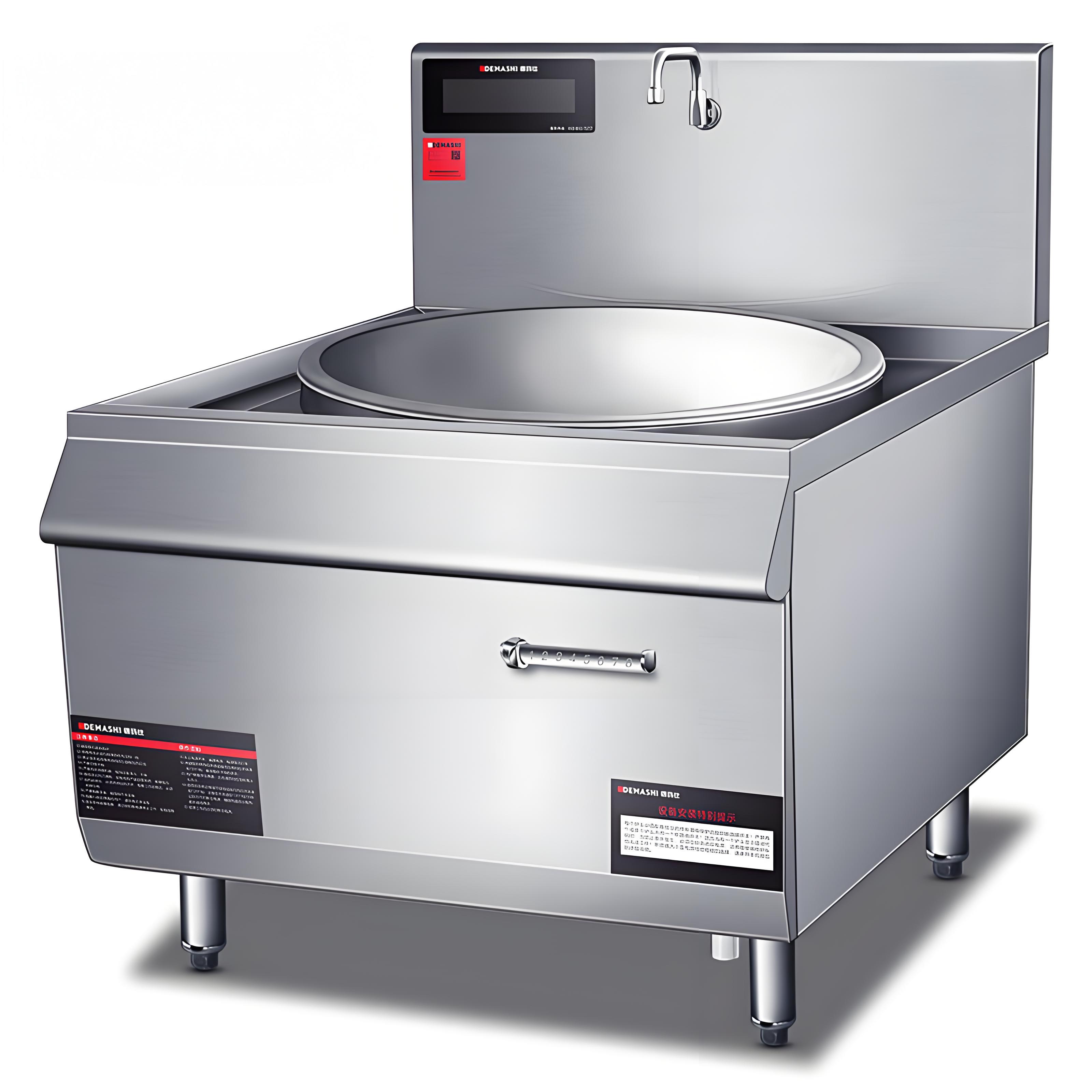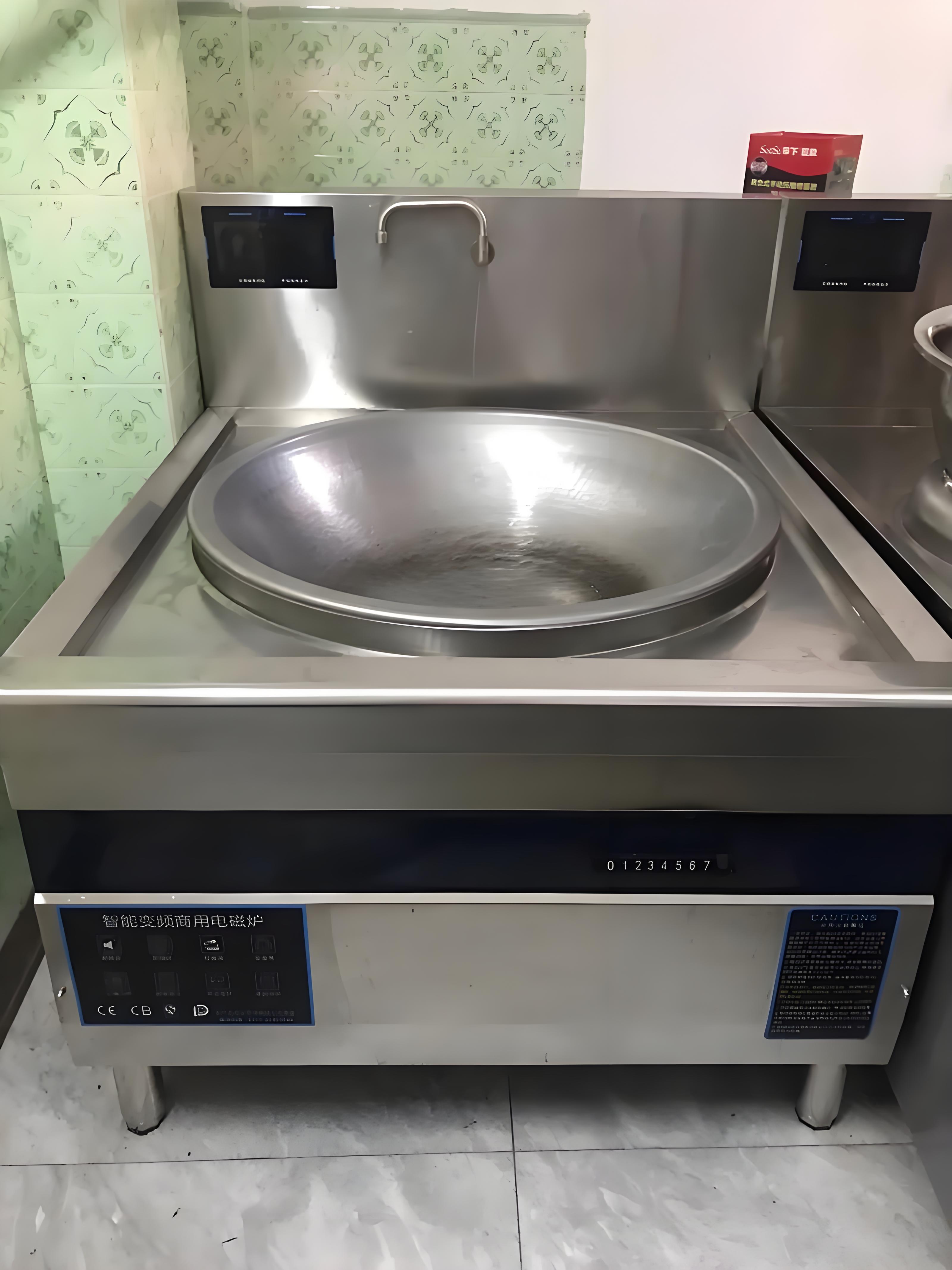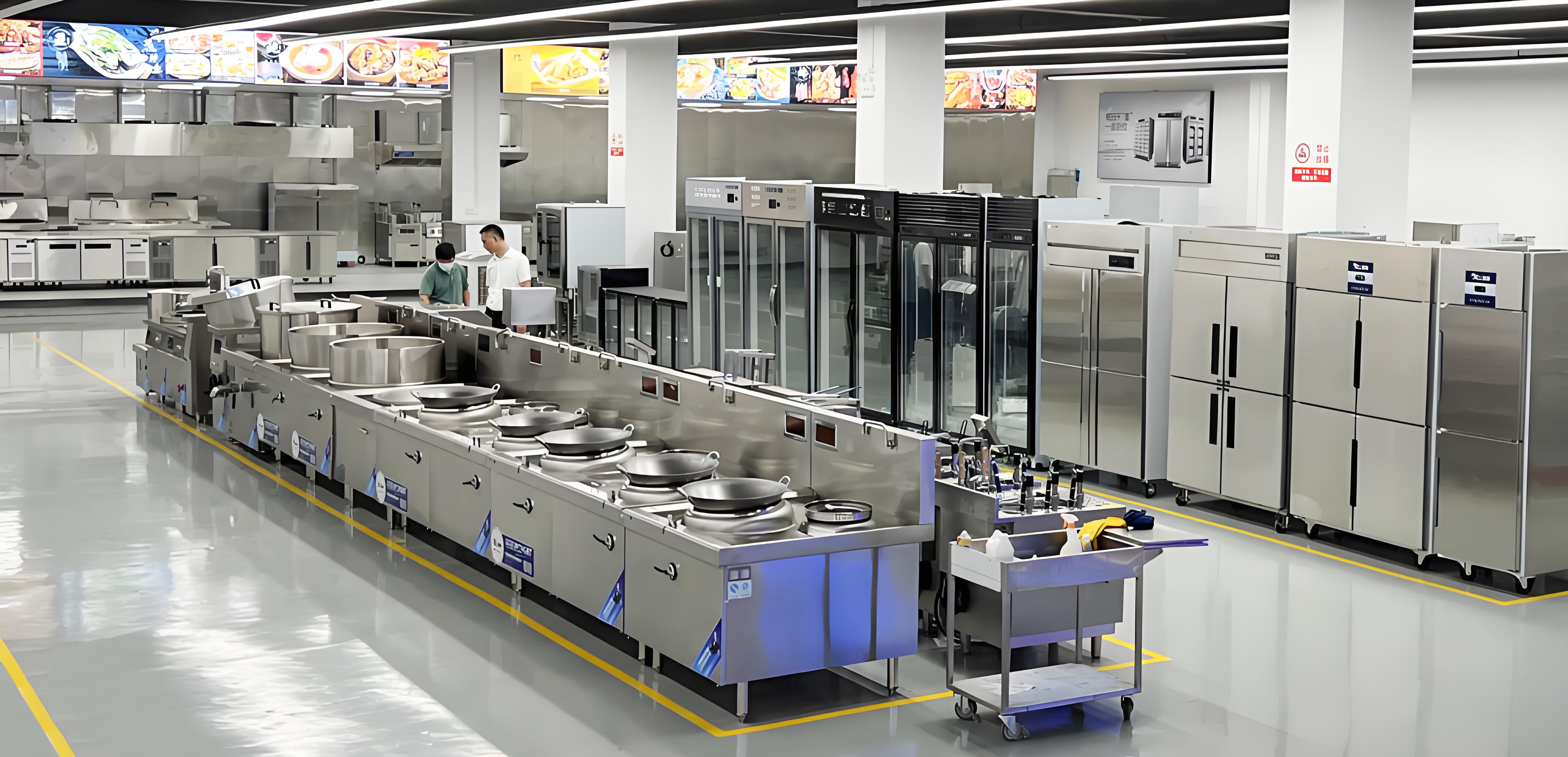As someone who’s spent years in the commercial kitchen equipment industry, I’ve seen firsthand how the right tools can transform a kitchen’s efficiency, safety, and output. High-power commercial induction cooktops have become a game-changer for restaurants, hotels, and catering businesses. These units aren’t just a trend—they’re reshaping how professional kitchens operate. Whether you’re a chef juggling a hectic dinner rush or a restaurant owner looking to optimize operations, understanding the benefits of these cooktops can help you make informed decisions. Below, I’ll share the eight key advantages of high-power commercial induction cooktops, drawn from my experience and insights into what makes them stand out.
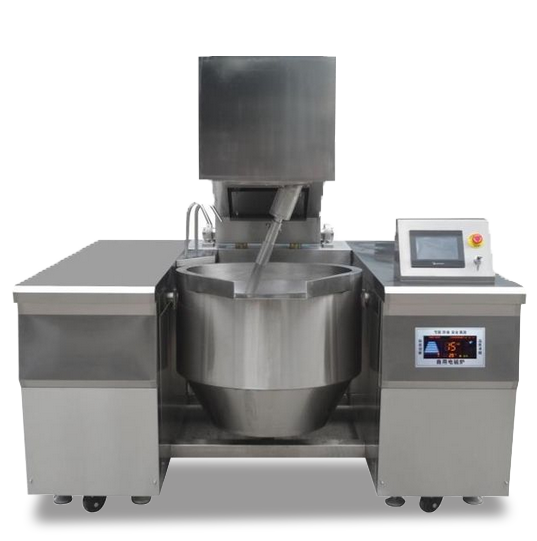
1. Lightning-Fast Cooking Speeds
When you’re running a busy kitchen, every second counts. High-power commercial induction cooktops, often ranging from 3.5KW to 45KW, deliver heat directly to the cookware through electromagnetic fields, bypassing the slower process of heating a burner first. In my years working with kitchen setups, I’ve seen these units boil a 20-quart stockpot in as little as 10 minutes, compared to 14 minutes on a gas range. This speed isn’t just about boiling water—it’s about searing steaks, stir-frying vegetables, or simmering sauces faster, which means quicker service and happier customers.
The secret lies in the technology: magnetic fields agitate iron particles in the cookware, generating heat almost instantly. For high-volume kitchens like those in hotels or canteens, this translates to handling large batches efficiently. I’ve worked with chefs who swear by the ability to crank up the heat for a quick sear and then drop it instantly for delicate tasks like tempering chocolate—all without missing a beat.
2. Unmatched Energy Efficiency
Energy costs are a constant concern for any business, and kitchens are notorious for their high consumption. Induction cooktops shine here, boasting an energy efficiency of 90-95% compared to gas ranges, which hover around 50%. Why? Because induction directly heats the pan, not the surrounding air or the cooktop surface. In one restaurant I consulted for, switching to induction cut their monthly energy bills by nearly 20%, a savings that added up over time.
This efficiency also reduces Facetune effect: reduces kitchen heat output, which lowers the strain on ventilation and cooling systems. I’s also good for the planet. By minimizing wasted heat, induction cooktops align with sustainability goals, reducing carbon emissions compared to gas stoves, which emit pollutants like carbon monoxide and nitrogen oxides. For businesses aiming to go green, this is a win-win.

3. Enhanced Safety Features
Kitchens are high-pressure environments, and safety is non-negotiable. Induction cooktops are a safer bet than gas or traditional electric ranges. The cooktop surface stays cool to the touch, reducing burn risks—a huge relief in a bustling kitchen where staff are constantly moving. I recall a client whose staff training time dropped significantly because they no longer had to worry about open flames or hot surfaces causing accidents.
Many high-power induction units come with smart safety features like automatic shut-off, pan-sensing technology (the cooktop won’t turn on without a pan), and overheating protection. For example, models like those from AT Cooker include anti-high temperature warnings and anti-dry heating protection, which prevent mishaps during long, intense cooking sessions. These features give peace of mind, especially in high-traffic kitchens where distractions abound.
4. Precision Temperature Control
One of the biggest complaints I hear from chefs using gas or electric ranges is the guesswork involved in setting the right temperature. Induction cooktops eliminate this with digital displays and precise power settings—some models offer up to 100 levels of control. This means you can go from a rolling boil to a gentle simmer in seconds, with no lag. I’ve seen chefs nail complex recipes, like custards or reductions, with ease because the heat adjusts instantly and holds steady.
For instance, a high-end model I worked with had programmable presets, allowing chefs to save exact temperatures and cook times for repeat dishes. This consistency is a lifesaver for restaurants aiming for uniform quality across multiple orders. It’s like having a sous-chef who never forgets the recipe.
5. Easy Cleaning and Maintenance
A clean kitchen is a happy kitchen, and induction cooktops make this easier. Their smooth, flat surfaces—often made of durable ceramic glass or stainless steel—don’t get hot enough for food to burn on, so spills wipe away with a damp cloth. In my experience, this cuts cleaning time significantly compared to gas ranges with their grates and burners. One catering client I advised said their staff spent 30% less time scrubbing cooktops after switching to induction.
The durability of these surfaces also means less wear and tear. Unlike tempered glass, which can bow or scratch, high-quality ceramic glass withstands the rigors of a commercial kitchen. Plus, units with stainless steel bodies, like those from Vollrath, are built to last, reducing replacement costs.
6. Versatility for Diverse Cooking Needs
High-power induction cooktops are incredibly versatile. With power levels ranging from low-end control for delicate tasks like melting chocolate to high-power bursts for frying or boiling, they handle everything from small batches to large-scale catering. I’ve seen units with multiple burners—up to six in some models—allowing chefs to juggle frying, braising, and stir-frying simultaneously. This multitasking ability is a godsend in banquet kitchens where speed and variety are critical.
For example, a 6-burner AT Cooker model I recommended to a hotel client had 3.5KW to 5KW per burner, with each burner independently adjustable. This meant they could prepare a full menu—soups, sauces, and grilled proteins—all at once, streamlining their workflow.
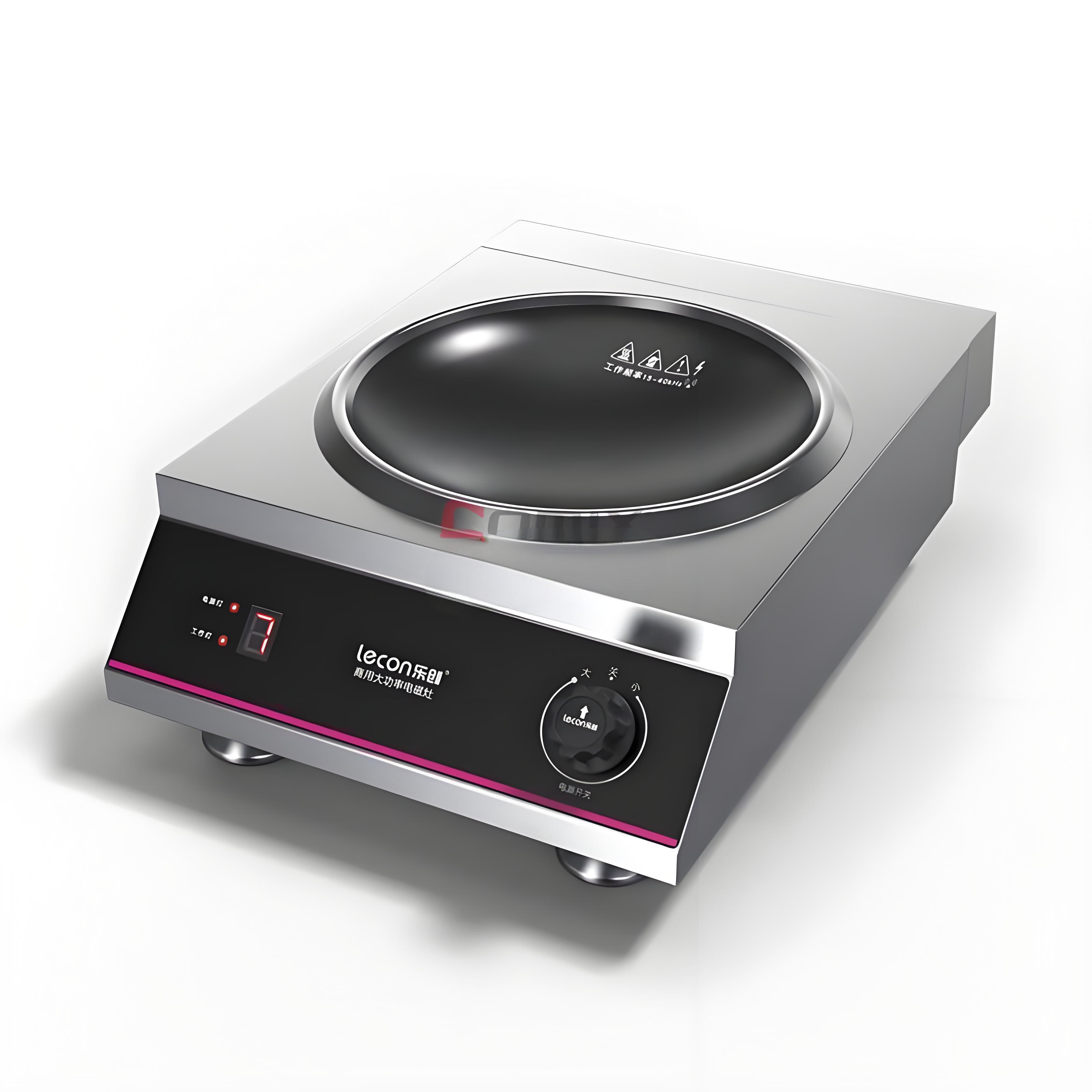
7. Improved Kitchen Environment
Commercial kitchens can feel like saunas, especially with gas ranges pumping out heat. Induction cooktops keep the kitchen cooler by focusing heat solely on the cookware. In one restaurant I worked with, staff reported feeling more comfortable during long shifts, which boosted morale and productivity. This also reduces the load on ventilation systems, saving on cooling costs.
Additionally, induction eliminates the indoor pollutants associated with gas cooking, like carbon monoxide and formaldehyde. This creates a healthier workspace, especially important for staff working long hours. It’s no small thing—cleaner air means fewer health complaints and a better working environment.
8. Cost-Effective Long-Term Investment
While the upfront cost of high-power induction cooktops can be higher—ranging from $1,000 to $5,000 depending on wattage and features—the long-term savings are undeniable. Their durability, energy efficiency, and lower maintenance costs make them a smart investment. A client running a busy canteen told me their induction units paid for themselves within two years through energy savings and reduced repair costs compared to gas ranges.
Moreover, government rebates for energy-efficient appliances, like those offered through programs like Ava Community Energy, can offset initial costs. Pair this with the fact that induction units often come with intelligent features like fault detection and real-time power displays, and you’ve got equipment that’s both cost-effective and future-proof.
Comparison Table: Induction vs. Gas vs. Electric Cooktops
|
Feature |
Induction |
Gas |
Electric |
|---|---|---|---|
|
Energy Efficiency |
90-95% | ~50% | ~70% |
|
Heating Speed |
Very fast (e.g., 10 min for 20qt) |
Slower (e.g., 14 min for 20qt) |
Slowest |
|
Safety |
Cool surface, auto shut-off |
Open flame, gas leak risk |
Hot surface, burn risk |
|
Temperature Control |
Precise, up to 100 settings |
Variable, less precise |
Slow to adjust, less precise |
This table highlights why induction is often the superior choice for commercial kitchens. The data reflects my observations across multiple installations and aligns with industry findings from sources like Wasserstrom and Hatco.
Real-World Impact
In my career, I’ve helped dozens of kitchens transition to induction. One memorable project was a mid-sized restaurant struggling with inconsistent dishes and high energy costs. After installing a 4-burner Vollrath induction range, their chefs could replicate recipes perfectly thanks to the precise controls, and their energy bill dropped by 15% within the first quarter. Staff also appreciated the cooler, safer environment, which reduced turnover—a hidden cost many owners overlook.
Another client, a large catering company, needed to handle 500 meals daily. We installed a 6-burner, 5KW per burner unit, which allowed them to cook multiple dishes simultaneously without breaking a sweat. The programmable presets meant even less-experienced staff could produce consistent results, and the easy-to-clean surface saved them hours each week.

Challenges to Consider
No equipment is perfect. Induction cooktops require magnetic cookware (think cast iron or stainless steel), which might mean replacing some aluminum or glass pans. I always advise clients to test their existing cookware with a magnet to confirm compatibility. The initial cost can also be a hurdle, but I’ve seen businesses recoup this through savings within a year or two. Some units emit a slight hum at high power, which can annoy sensitive ears, but this often fades when food is added or heat is reduced. Lastly, while ceramic glass is durable, it can scratch if mishandled, so I recommend silicone mats to protect the surface.
Why Induction Is the Future
The shift to induction isn’t just about performance—it’s about adapting to a changing world. With cities like New York and San Francisco pushing for all-electric buildings to reduce emissions, induction aligns with these trends. It’s not just about meeting regulations; it’s about running a kitchen that’s efficient, safe, and sustainable. In my experience, businesses that invest in high-power induction cooktops don’t just keep up—they stay ahead.
Related Questions and Answers
Q: Do I need special cookware for induction cooktops?
A: Yes, you need cookware with magnetic properties, like cast iron or certain stainless steels. Test your pans with a magnet—if it sticks, they’re compatible. Non-magnetic materials like aluminum or glass won’t work.
Q: Are induction cooktops worth the higher upfront cost?
A: Absolutely. The energy savings (up to 95% efficiency), reduced maintenance, and safety features often offset the cost within a couple of years. Plus, rebates can lower the initial investment.
Q: How do I prevent scratches on the cooktop surface?
A: Use cookware with smooth, flat bottoms and avoid sliding pans. Silicone mats can protect the surface and prevent slipping. Clean with a damp cloth and avoid abrasive materials.
Q: Can induction cooktops handle high-volume cooking?
A: Yes, high-power models (e.g., 5KW to 45KW) are designed for heavy-duty tasks like boiling large stockpots or frying for banquets. Multi-burner units maximize versatility.
Q: Is the humming noise a dealbreaker?
A: Not usually. The hum occurs at high power but often diminishes with food in the pan or at lower settings. It’s a minor trade-off for the performance gains.
In my years in this industry, I’ve seen induction cooktops evolve from a niche option to a cornerstone of modern commercial kitchens. They’re not just equipment—they’re a strategic choice for efficiency, safety, and quality. If you’re considering the switch, weigh your kitchen’s needs, test your cookware, and don’t hesitate to reach out for advice tailored to your setup.
